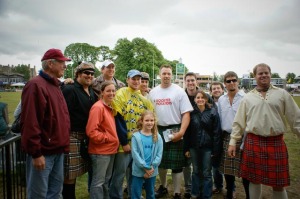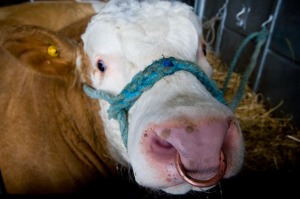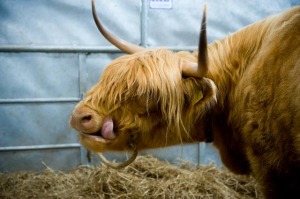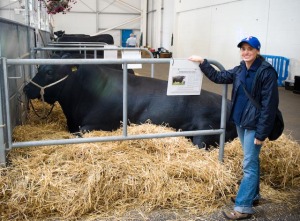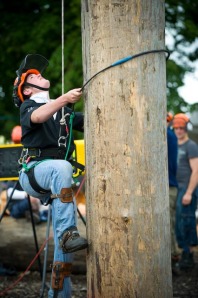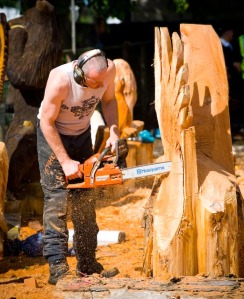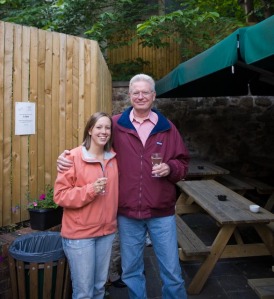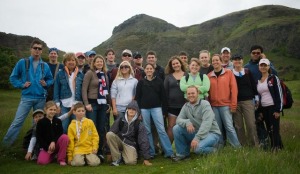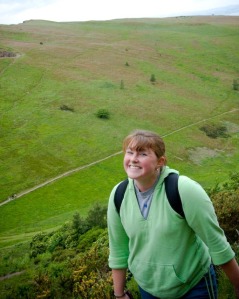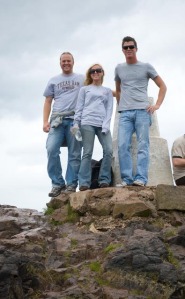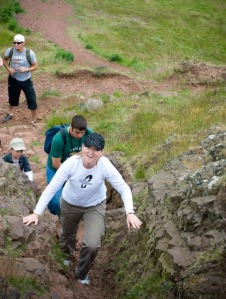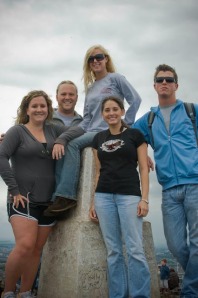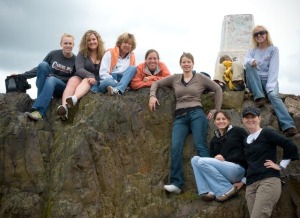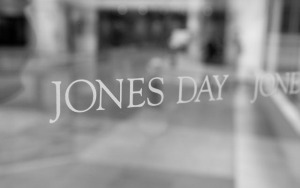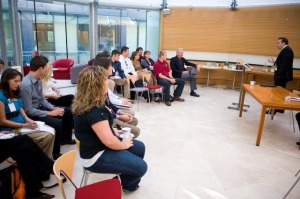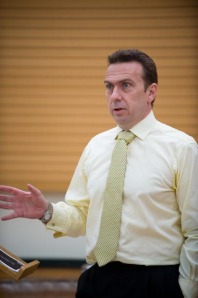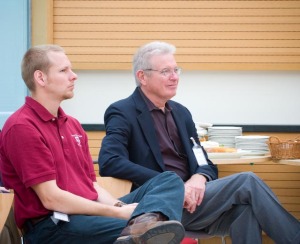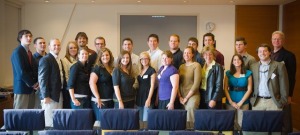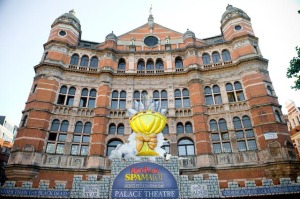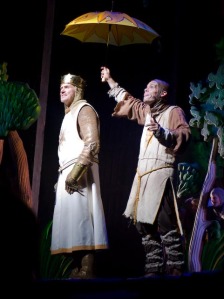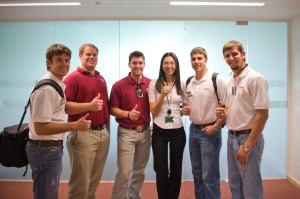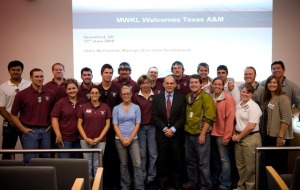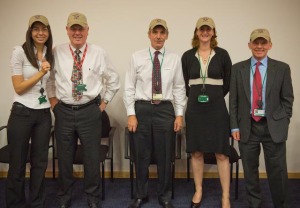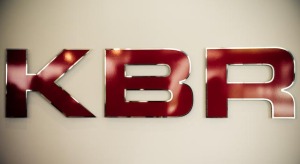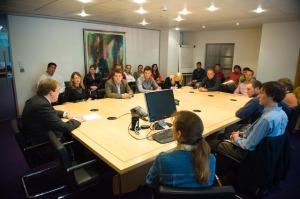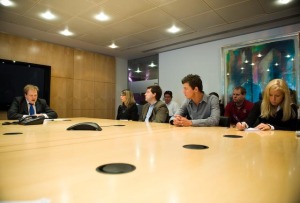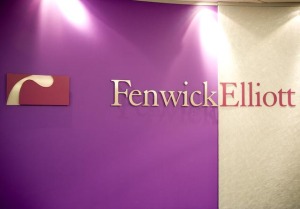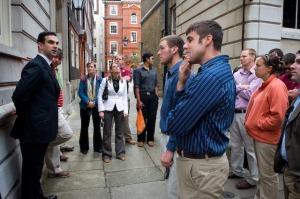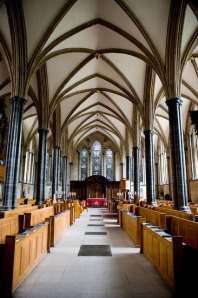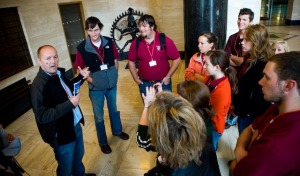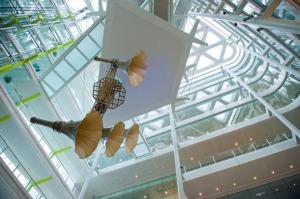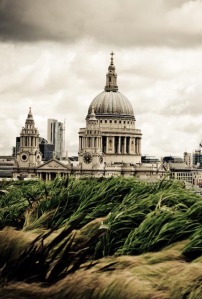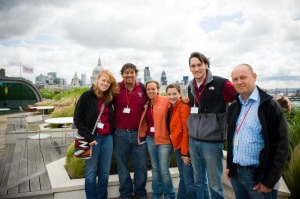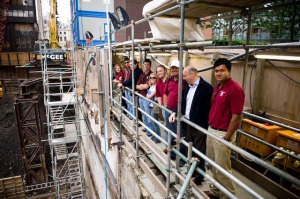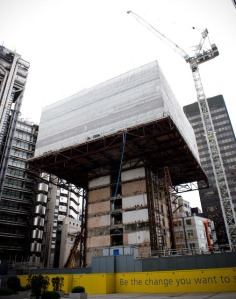Today our group went to Glasgow, Scotland, which is about an hour by train west of Edinburgh. We went to meet with Balfour Beatty again to tour 2 hospital construction sites, as well of course to see Glasgow. Our group was divided in two, one going to the Victoria Hospital, and the other which I was in going to see New Stobhill Hospital.
Upon arrival at the site we were greeted by David Weatherstone and Barry Nichols who lead our tour around the site. As it is a safety regulation, we were all fitted out again with full safety gear, steel toed boots, high visibility vests, hard hats and gloves, which us along with everybody else on the site are required to wear. Safety has been an extremely high priority with all the firms we have visited, and the sites in Scotland were no different.
The New Stobhill Hospital project is a 80 million pound PFI ( Private Finance Initiative) funded project, with approximately 27,835 square meters of total floor area, and just to give a better idea of its size there is 2,400 tons of steel in the structure. The building has been in planning for over a decade with the project being approved in 2001 and the financial backing closing in 2006, along with the Victoria Hospital. Construction began on New Stobhill on November 20, 2006 and is scheduled to be completed on December 7, 2009.
In the New Stobhill Hospital there are over 100 consult and exam rooms and over 20 different departments housed in the hospital which is designed with a north and south block. The design of the building is more restrained than the Victoria Hospital with a limited materials and colors palette. The more muted materials choice is to help with the functionality and wayfinding of the building and for the ease of patients the reception areas are differentiated with timber wall paneling and changes in ceiling heights.
We toured all the levels of the hospital, going through the main atrium space and circulation areas. And saw into almost finished exam rooms that were a kind of mock-up for all the other rooms so if there was a problem in the function of the mock-up it could be changed before all the other rooms were done the same. And the company can be penalized if a room is over 5% smaller at the completion of the project than originally designed. So the planning and execution of a hospital project has to be thought out even more precisely, which thus makes them more lengthy, complicated and expensive projects. Seeing a hospital jobsite defiantly exemplifies and is an education on how complicated a medical project can be with all the equipment, requirements and required planning layouts.
Ashley Groom
